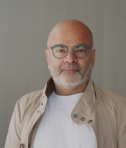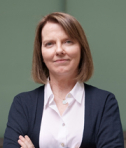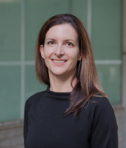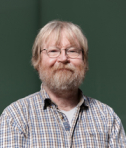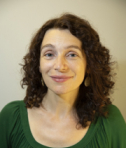 Quantitative Cell Biology
Quantitative Cell Biology
 Quantitative Cell Biology
Quantitative Cell Biology
- Research programme page
- Members

Co-coordinators: Isabelle Vernos and Thomas Surrey
How to build a cell and to organize many cells into functional multicellular units in an organism is a fascinating challenge. Many different components of a cell work together seamlessly to produce specific cellular states or distinct responses to external stimuli. But our understanding of the logic underlying the functioning of the biochemical and mechanical networks inside cells remains largely descriptive. It is poorly understood how the spatio-temporal organization of cellular compartments is established from a multitude of molecular interactions and how then biological function emerges. Why is there a single spindle when cells divide, how do cells move cargoes in a determined direction, how do cells interact and assemble into tissues, how can cells sense mechanical and chemical signals and translate them into a cellular response? Scientist in the program use quantitative methodologies, engineering approaches and mathematical modelling to discover new principles underlying cell functioning. Their research bridges scales - from molecules to organelles to cells, tissues and organisms - to address biological questions of fundamental importance, relevant for health and disease.
GROUPS
STAFF SCIENTISTS
Integrated in a senior research group, Staff Scientists support the research of the group, while having a degree of scientific independence to lead their own research line (i.e. co‐mentoring of PhD students, being senior authors in publications and applying for grants). As Faculty Members, Staff Scientists are evaluated every 4 years by an external committee composed of SAB and ad‐hoc members in the framework of the Programme’s evaluation.

